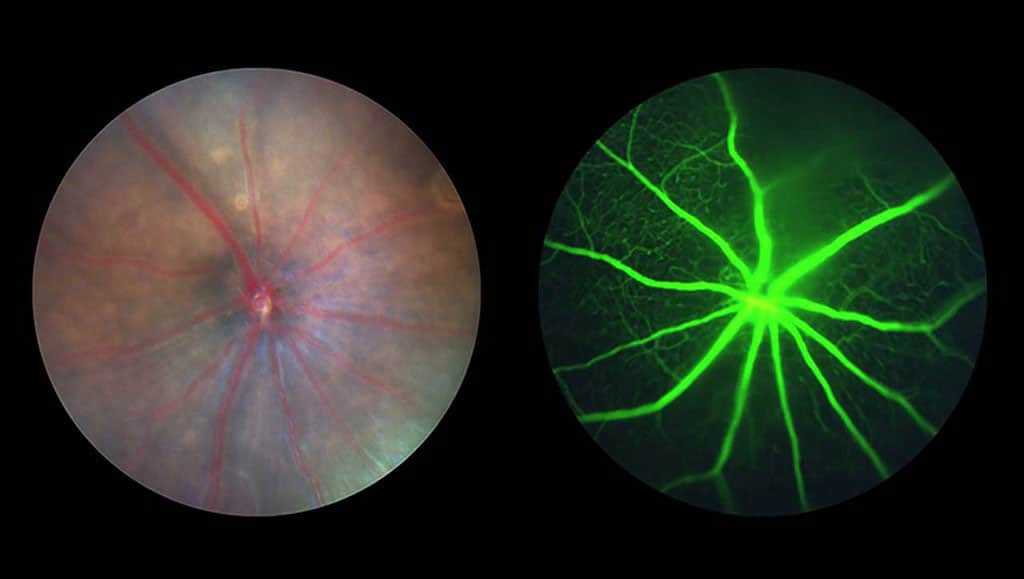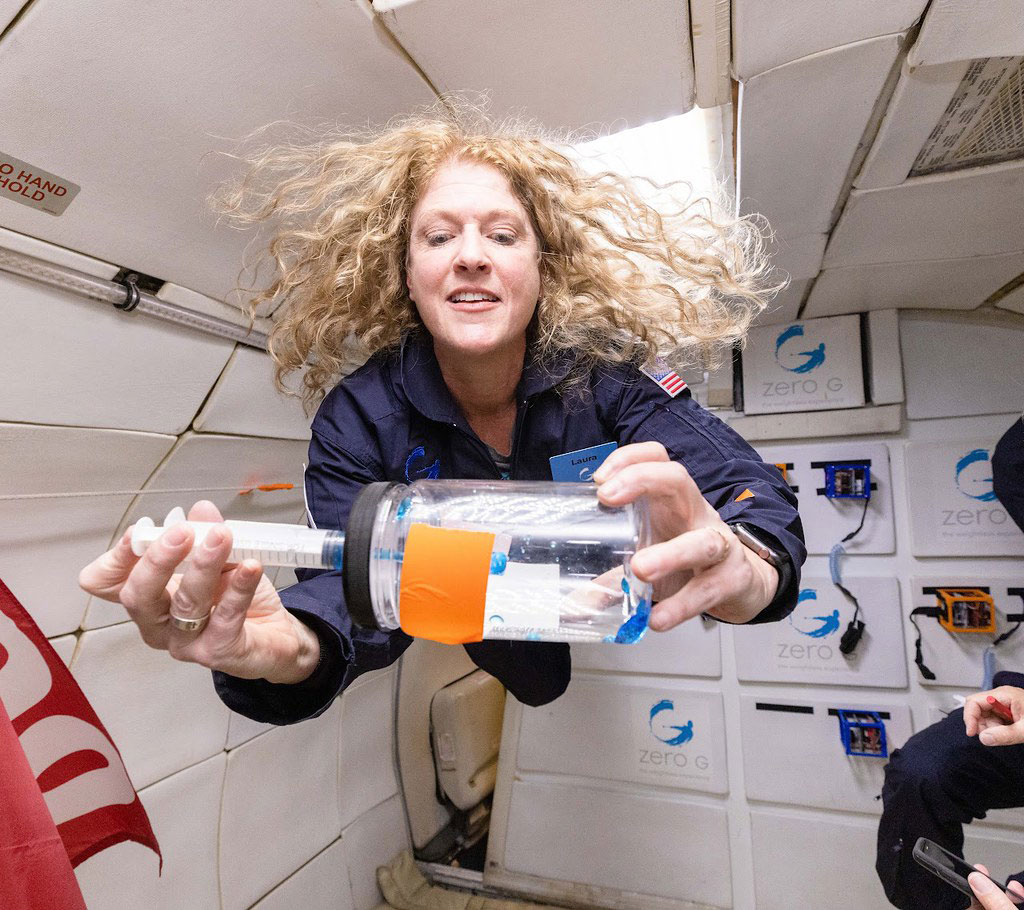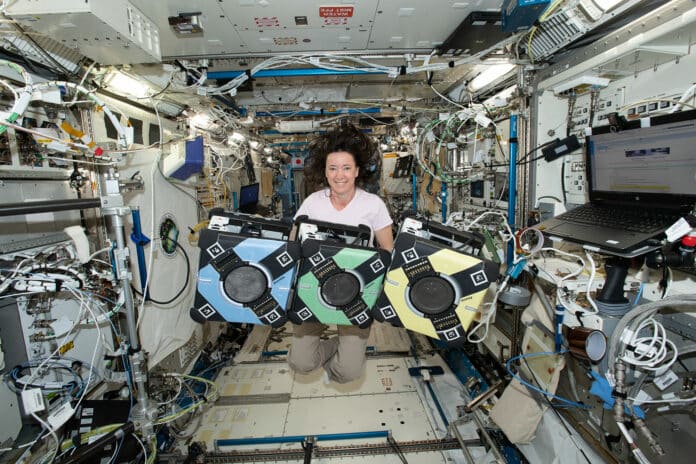The International Space Station (ISS) has taken a page out of science fiction movies with the deployment of Astrobees – free-flying robots that carry out essential tasks and scientific research. These state-of-the-art robots not only assist astronauts but also conduct valuable research, including investigations sponsored by the ISS National Laboratory.
These robots are a testament to the impressive advancements in technology that we have witnessed in recent years. The Astrobees have revolutionized space exploration, and their presence on the ISS represent a significant leap from science fiction to reality.
These compact, cube-shaped robots are designed to operate autonomously or via remote control, performing tasks ranging from taking inventory to documenting experiments with built-in cameras. Equipped with electric fans for propulsion in the microgravity environment, the Astrobees can navigate the ISS freely, using cameras and sensors to ‘see’ their surroundings.

They also feature a perching arm to grasp station handrails, conserving energy or holding items as needed. This technology not only aids astronauts by taking over routine duties but also serves as a versatile research platform, enabling a wide array of experiments in zero gravity.
The latest issue of Upward, the official magazine of the ISS National Lab, highlights how researchers are utilizing the Astrobees – named Queen, Honey, and Bumble – to test innovative technology with significant applications for spaceflight missions and back on Earth. In a partnership with Bosch and Astrobotic, the robots are being used to test smart microphone technology that can identify anomalies in spacecraft and other equipment by analyzing sounds.
Additionally, researchers from the Massachusetts Institute of Technology and the German Space Agency are using the Astrobees to test algorithms and technology that could help recover tumbling satellites in space. These projects demonstrate the practical applications of the Astrobees, and their potential to revolutionize space exploration and technology on Earth.

The Astrobees are not only revolutionizing space exploration but also helping to build the future space industry workforce through MIT’s Zero Robotics competition, a Space Station Explorers partner program. This initiative invites students in grades 6-12 to participate in a competition where they write computer code to control the free-flying robots in challenges on the space station.
By teaching valuable coding skills and providing an opportunity to interact with astronauts on the station, Zero Robotics aims to inspire students to pursue careers in science and engineering fields.
As we continue to explore the possibilities of space travel and habitation, the role of such robotics becomes increasingly crucial, paving the way for more advanced missions and the potential for human colonization of other planets.
